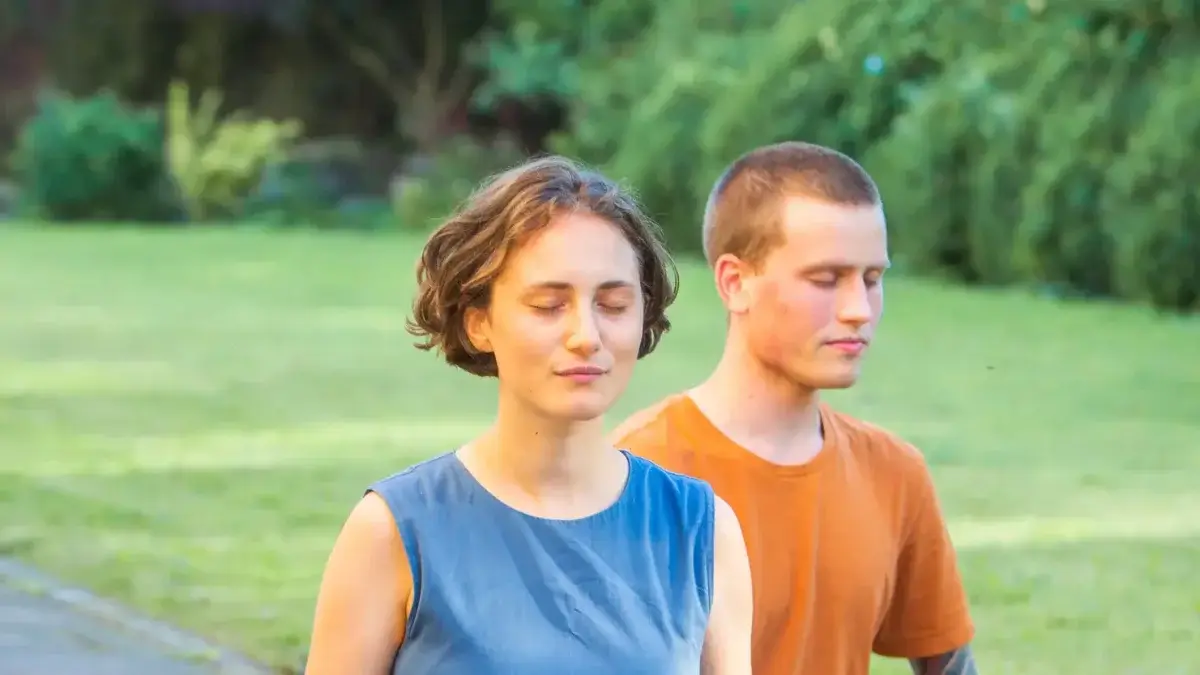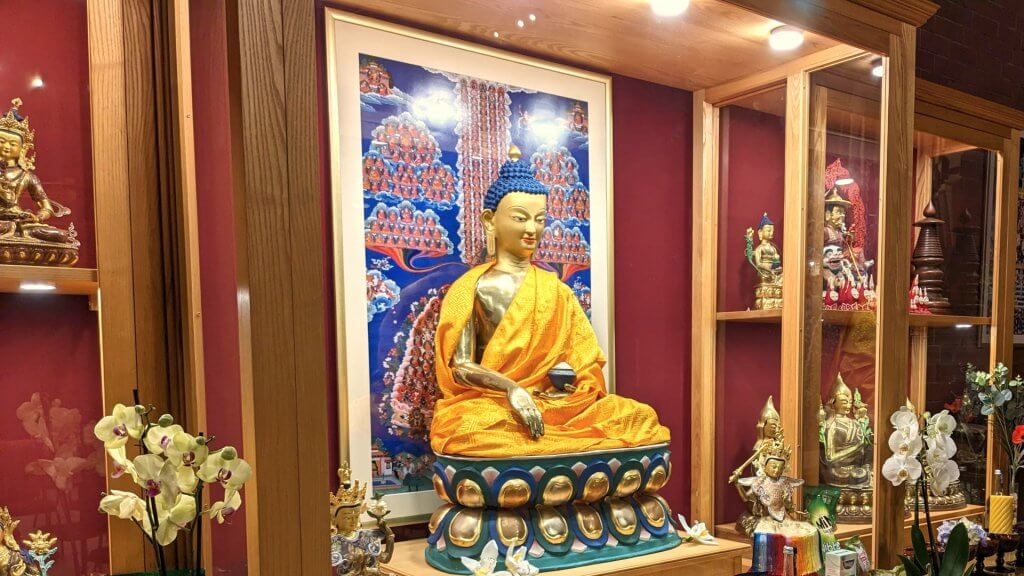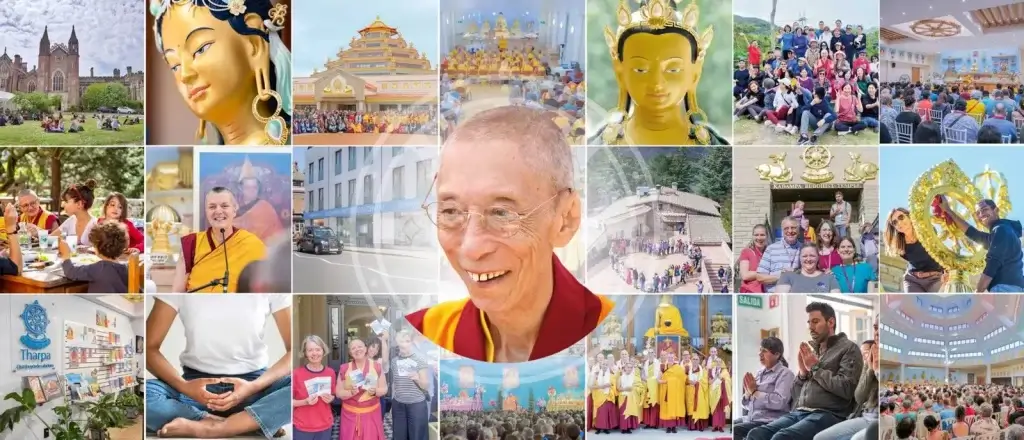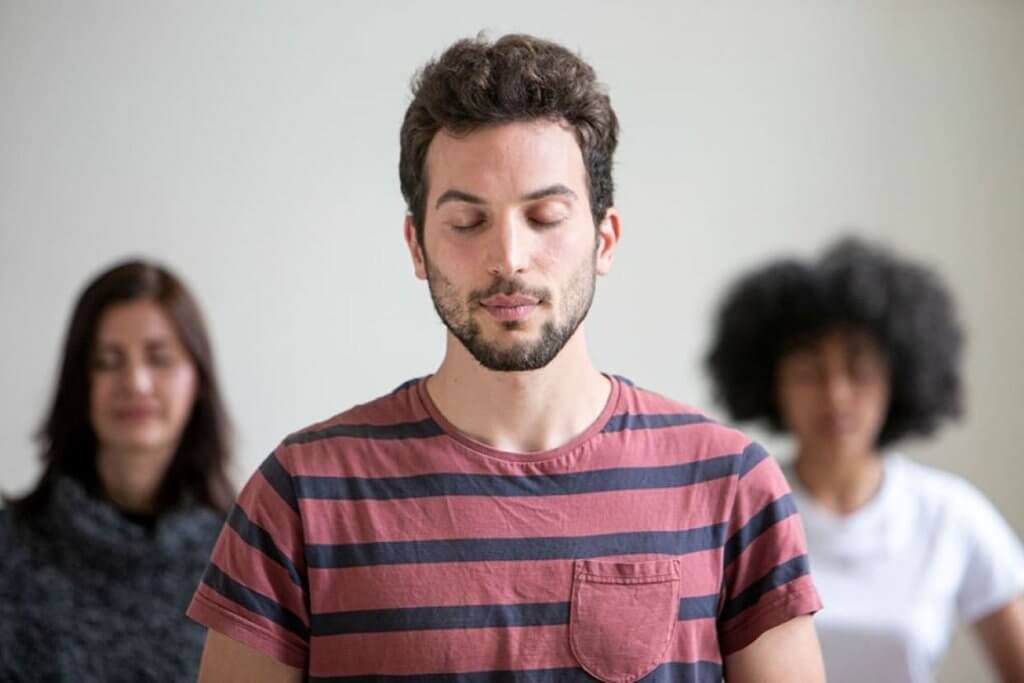The Purpose of Meditation
is to make our mind calm and peaceful. If our mind is peaceful, we will be free from worries and mental discomfort, and so we will experience true happiness; but if our mind is not peaceful, we will find it very difficult to be happy, even if we are living in the very best conditions. If we train in meditation, our mind will gradually become more and more peaceful, Eventually, we will be able to stay happy all the time, even in the most difficult circumstances.
If we want true, lasting happiness we need to develop and maintain a special experience of inner peace – the only way to do this is to train our mind through spiritual practise.
Ven Geshe Kelsang Gyatso
Meditation is at the heart of the Buddhist way of life—it is a method for understanding and working on our own mind. Through meditation we can first learn to identify our different negative mental states known as “delusions”, and then learn how to develop peaceful and positive mental states or “virtuous minds”. Rather than seeking happiness from external, material things we aim to establish happiness from within.

Benefits of Meditation
Through meditation we can develop a more calm and peaceful mind. If our mind is peaceful we will be free from worries, stress and other forms of mental discomfort. The more we train in meditation the more we can come to experience the natural potential for peace that exists within our mind and as a result we will experience a purer and purer form of happiness. Gradually we develop mental equilibrium, a balanced mind that is happy all the time.
The feeling of contentment and well-being that comes from mediation can help us to cope with the busyness and difficulties of daily life. Just by doing breathing meditation for 10 or 15 minutes each day we will be able to reduce our stress, deal with difficult situation in a more calm and constructive way, and feel more warm and well-disposed towards other people.
By training in meditation we create an inner space and clarity that enables us to control our mind regardless of the external circumstances.
Ven Geshe Kelsang Gyatso
How to Meditate




